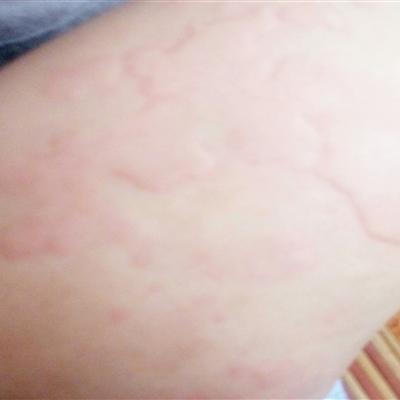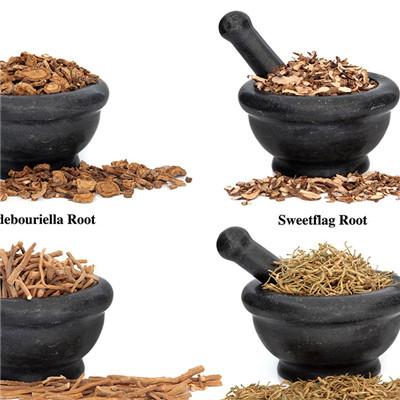Mediastinal uterus pregnancy rate?
summary
Uterine mediastinum is the manifestation of incomplete enhancement in the process of congenital development of uterus, which is manifested as a spinal process with connective tissue as the main body to the uterine cavity, deep double uterine horns and small uterine cavity volume. Patients with polycystic ovary syndrome are often complicated with mediastinum. Horizontal uterine floor subsidence can be seen by vaginal four-dimensional color Doppler ultrasound, coronal plane imaging and dynamic digital hysterosalpingography. We know that mediastinal uterus is one of the female genital malformations, which seriously affects the normal pregnant function of women. So what's the chance of pregnancy in the mediastinal uterus?
Mediastinal uterus pregnancy rate?
It has been reported that the abortion rate of women with mediastinal uterus in early pregnancy (12 weeks of pregnancy) is 25.5%, and that in late pregnancy is 6.2%. This suggests that the uterine mediastinum affects the early implantation and late development of embryo, leading to early or late abortion.

The incidence of infertility in mediastinal uterus is 17% ~ 35%, and the pregnancy rate after mediastinal uterus correction is 48%. Some scholars believe that mediastinal uterus is not a factor leading to infertility, but in patients with secondary infertility, the incidence of unexplained infertility is significantly increased as high as 40%. Therefore, it can not be excluded that mediastinal uterus is one of the factors affecting pregnancy in such patients.

Ectopic pregnancy (also known as ectopic pregnancy) due to the complexity of uterine malformations, ectopic pregnancy can often occur in the atresia of the uterine horn, residual horn uterus, cervix or vaginal diverticulum. Because of its rarity, pregnancy in this unusual location is often difficult to make early diagnosis.

matters needing attention
Women with mediastinal uterus even if they get pregnant by chance, their intrauterine growth will be relatively slow, and the incidence of intrauterine death is also relatively high. The main reason is that the septum has less blood vessels and more fibrous tissue than the normal myometrium, which seriously hinders the normal implantation. At the same time, the intima covering the septum has a relatively poor response to hormone stimulation, which also hinders normal placental growth. Lead to early fetal death. In the long run, it will develop into intrauterine growth retardation.












